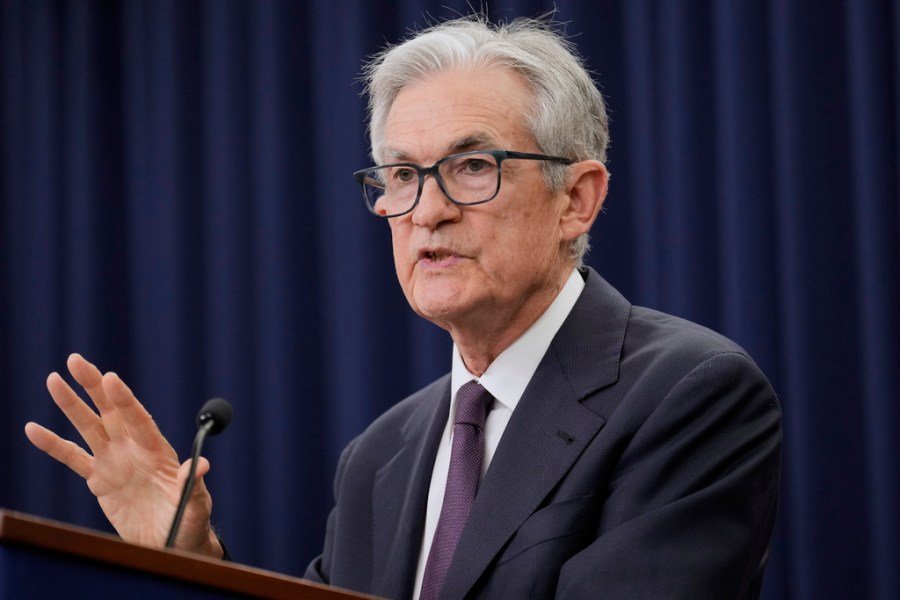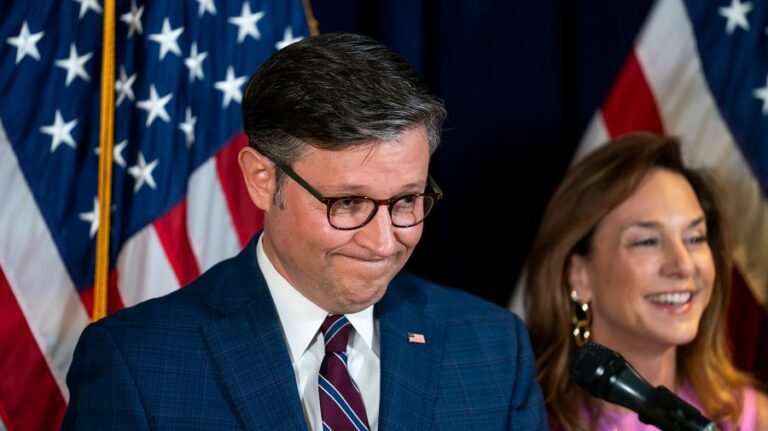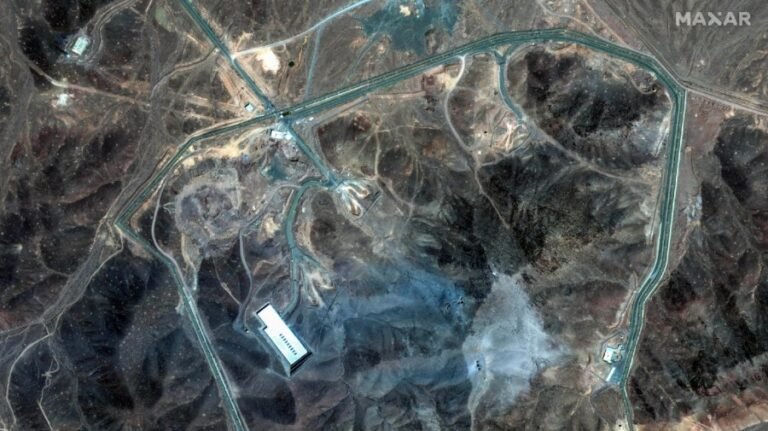
It’s the calm before a potential economic storm — or perhaps the eye of one already underway. In May, the U.S. Consumer Price Index crept up by just 2.4 percent year-on-year — a whisper above April’s 2.3 percent, and still underwhelming by market standards.
At a glance, this points to inflation being contained, despite a combustible backdrop of tariffs, rate suspense and fiscal brinkmanship. But beneath the surface lies an unsettling truth: The U.S. economy is running on fumes, buoyed more by residual momentum than by real strength, and hurtling toward a period of growing instability.
To be fair, the U.S. economy has demonstrated a remarkable resilience in recent years, outpacing global peers despite pandemic aftershocks, geopolitical quagmires, and a revolving door of policy recalibrations. But as JPMorgan Chase’s Jamie Dimon dryly observed this month, “there’s a chance real numbers will deteriorate soon.” Coming from one of Wall Street’s most seasoned navigators, the warning carries more than the usual weight.
Indeed, the apparent calm may be the prelude to a tempest. Tariffs — President Trump’s preferred weapon of economic coercion — have yet to fully work their way into the consumer price chain.
Many retailers are still working off inventories imported before the latest round of levies, offering a deceptive sense of stability. But by the second half of 2025, those buffers will run dry. With tariff negotiations stalled and a 90-day moratorium on reciprocal duties set to expire in July, the prospect of sharper price hikes looms large.
This is more than a pocketbook problem. Tariffs, by design, distort markets. They disrupt supply chains, elevate input costs and dampen consumer sentiment. While intended to reassert U.S. leverage in global trade, their cumulative effect is to fuel inflationary pressures without necessarily fostering domestic competitiveness. If anything, they obscure more than they resolve — a trait they share with the broader economic narrative of the moment.
Compounding the confusion is the Federal Reserve’s policy schizophrenia. Fed Chair Jerome Powell’s cautious “wait-and-see” posture reflects institutional hesitancy in the face of murky indicators. Yet some voices within the Fed whisper of a possible rate cut by September if growth falters. Wall Street, predictably, is attempting to front-run the signal, betting on monetary easing to offset fiscal tightening.
But here, too, lies danger. The U.S. dollar — long the gravitational center of the global financial system — is under pressure from multiple vectors. Morgan Stanley projects a 9 percent drop in the dollar index over the next year.
This erosion of confidence isn’t simply about interest rates. The structural underpinnings of the dollar’s supremacy are being chipped away. With U.S. interest payments breaching the $1 trillion mark in 2024 and financial sanctions now a regular instrument of Washington’s foreign policy, global investors are beginning to hedge their bets.
Central banks from Asia to Africa have accelerated their gold purchases, signaling a flight to safety and a hedge against greenback depreciation. Meanwhile, regional currencies — once content to orbit the dollar — are beginning to attract speculative attention. If the dollar slides further, we may witness not just portfolio adjustments but tectonic shifts in the architecture of global trade and capital flows.
The administration, caught between Trumpian belligerence and market pragmatism, appears paralyzed. It continues to pursue trade talks with Japan and Malaysia, yet major fissures remain. No amount of performative diplomacy can conceal the fact that the U.S. economic playbook is looking increasingly reactive. The uncoordinated layering of tariffs, stimulus withdrawal, and monetary indecision is creating a combustible cocktail with potentially global consequences.
And yet, the most revealing metric may not be inflation or interest rates, but trust — or the lack thereof. Businesses do not invest in uncertainty. Households do not spend freely when prices are volatile. Global markets do not function smoothly when their anchor currency is drifting. What we are witnessing is less a conventional downturn and more a slow-motion unmooring — an erosion of confidence in the coherence of U.S. economic stewardship.
There is still time to course-correct. Tariff escalation could be paused, or better yet, reversed. A clear and credible monetary policy trajectory could reassure markets. Fiscal discipline could be restored through bipartisan cooperation — though that last item, admittedly, veers into the realm of fantasy.
In the meantime, forecasts diverge wildly. Some analysts predict modest U.S. growth of 1.8 percent to 2.2 percent for 2025 — a soft landing, if inflation remains under control. But with expectations of inflation creeping up to 3 percent by year’s end, that landing may be harder than anticipated.
The paradox is striking: America, with all its institutional heft and financial firepower, is navigating an increasingly precarious path — one defined not by immediate crisis, but by a slow drip of dysfunction. Whether it’s tariffs sabotaging supply chains, monetary policy second-guessing itself, or a dollar drifting without a compass, the signs are accumulating. And they point toward a future where the biggest threat to U.S. economic stability isn’t foreign competition or external shocks — it’s strategic incoherence from within.
In the end, inflation may be the least of the worries.
Imran Khalid is a physician and has a master’s degree in international relations.






